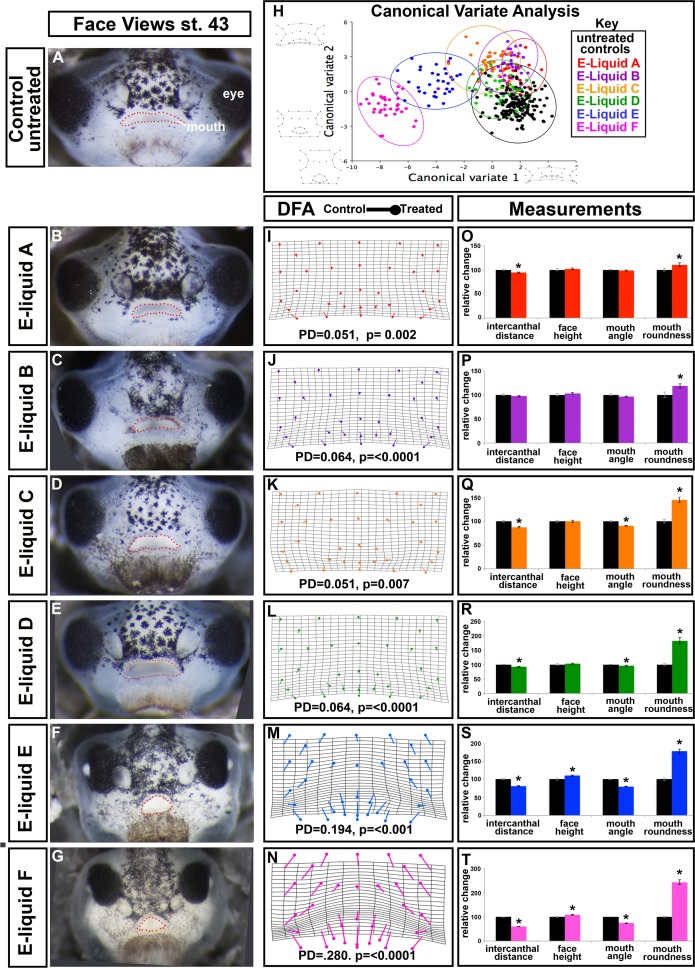Fig 3. Effect of flavored e-cigAMs on X. laevis orofacial development.
(A-G) Representative frontal views of (A) untreated controls, (B) embryos exposed to e-cigAM A, (C) embryos exposed to e-cigAM B, (D) embryos exposed to e-cigAM C, (E) embryos exposed to e-cigAM D, (F) embryos exposed to e-cigAM E, and (G) embryos exposed to e-cigAM F. Mouth outlined in red dots. (H) Canonical variate analysis of controls and e-cigAMs A-F. Black = untreated controls, red = e-cigAM A, purple = e-cigAM B, yellow = e-cigAM C, green = e-cigAM D, blue = e-cigAM E, pink = e-cigAM F. Wireframe graphs represent shape changes associated with position on graph. Canonical variate 1 = 68.8% variance, Canonical variate 2 = 15.8% variance. (I-N) Discriminant function analysis of controls compared to e-cigAMs A-F. Flat end of vector is average landmark position of controls, round end is average position of e-cigAMs. Procrustes distances (PD) and p-values below graphs. (O-T) Measurement of intercanthal distance, faces height, mouth angle, and mouth roundness of controls and e-cigAMs A-F. Controls were set to 100 and exposure groups normalized to it. Student’s t-test assuming unequal variance was performed on non-normalized data. Error bars represent standard error. Asterisks indicate significant difference when compared to controls. Alpha value for all statistical analyses = 0.02. cg = cement gland.

